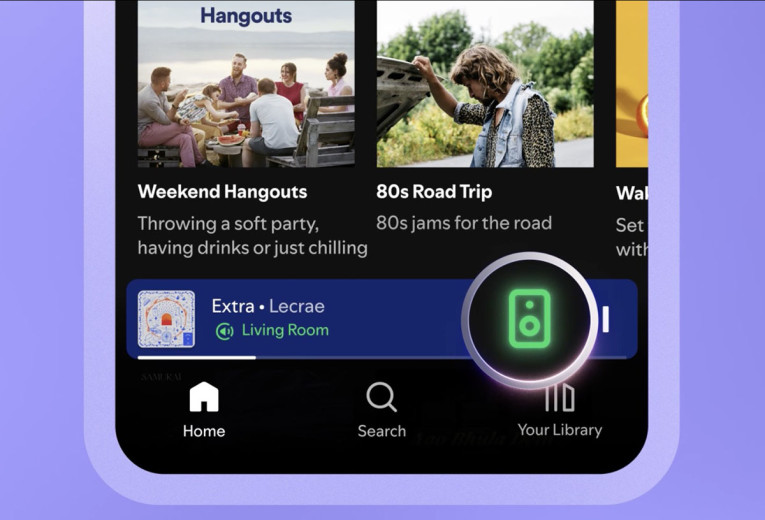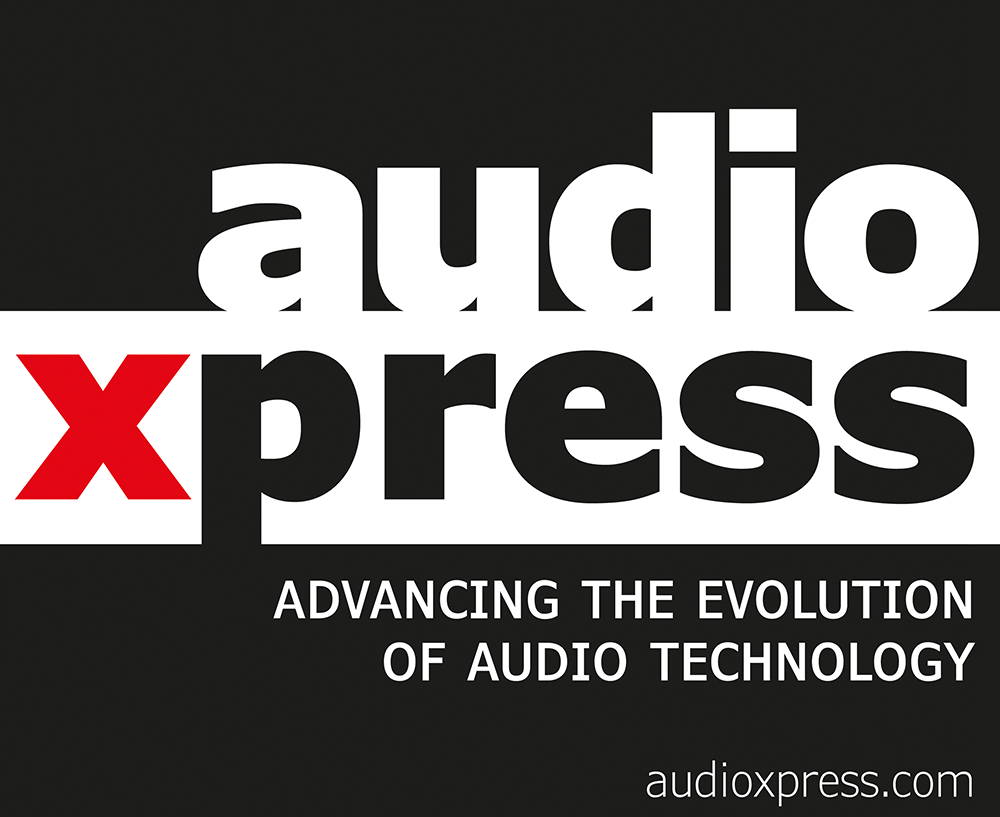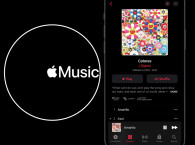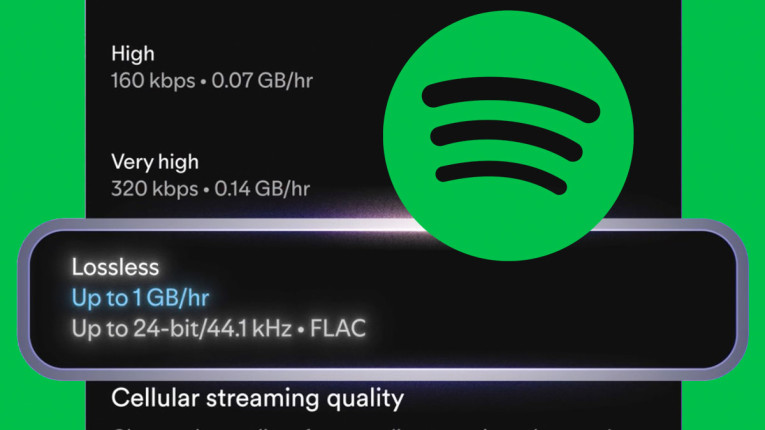
As the company announced in its company blog, “lossless audio has been one of the most anticipated features on Spotify and now, finally, it’s started rolling out to Premium listeners in select markets. Premium subscribers will receive a notification in Spotify once Lossless becomes available to them. Whether you’re diving into a new album or revisiting old favorites, lossless delivers the highest music audio quality on Spotify.”
Spotify doesn’t clarify if “the highest music audio quality” also applies to all the AI-generated fake music that it serves, being questionable that such “content” would need to be generated at quality levels for discerning human ears. Most likely, those fake tracks use every trick in the book to add some magic sparkle to appeal to unsuspecting listeners - but very doubtful that high-resolution lossless is one.
“The wait is finally over; we’re so excited lossless sound is rolling out to Premium subscribers,” says Gustav Gyllenhammar, VP Subscriptions, Spotify. “We’ve taken time to build this feature in a way that prioritizes quality, ease of use, and clarity at every step, so you always know what’s happening under the hood. With Lossless, our premium users will now have an even better listening experience.”

Spotify also says that “Lossless is part of our commitment to continually improve Spotify Premium so fans can discover and enjoy the music they love. This highly requested feature takes your Premium experience to the next level.” Yet, the company follows up with praise to its “popular features” like DJ, Jam, AI Playlist, brand-new Mix, and daylist, as well as playlists curated by the company’s own global music editorial team.
Without explaining the logic of why anyone would need to pick the sampling frequency that was determined by the CD, instead of the much more mastering-friendly 48kHz used today. The 44.1kHz audio sampling rate originated in the late 1970s to store digital audio in the Sony PCM-1600 video cassette tapes, and was solidified as the standard for Compact Disc (CD) audio in 1980 by Sony and Philips. In its promotion, Spotify does state that “With Lossless, you can now stream tracks in up to 24-bit/44.1 kHz FLAC, unlocking greater detail across nearly every song available on Spotify. So you can enjoy new releases and your favorite tracks, in the highest quality, while being immersed in the music.” Highest quality? Not exactly.
“We know everyone listens differently, so we’re giving you custom settings for Wi-Fi, cellular, and downloads. Choose between Low, Normal, High, Very High, and now Lossless music quality to provide maximum flexibility and control. You’ll be able to see how much data each of these requires to make choosing easier,” the company also informs, aware that the large majority of its users stream the free tier with ads, the lowest quality of any streaming service.
The lossless option is available on Spotify apps for mobile, desktop, and tablet, as well as on the devices that support Spotify Connect. “Support for additional devices, including those from Sonos and Amazon, arrives next month,” Spotify reveals.
To turn on lossless audio in the Spotify app, users just need to go to their profile icon, go to Settings & Privacy → Media Quality, and select where they want to enable lossless audio: Wi-Fi, cellular, downloads. Spotify also warns that users will need to enable Lossless manually on each device. “You’ll know Lossless is on because the Lossless indicator will appear in the Now Playing view or bar, and via the Connect Picker.”
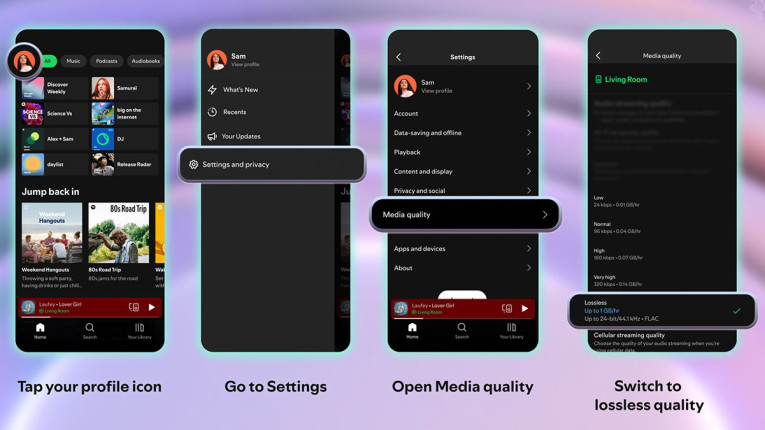
An additional amusing warning says: “For the smoothest and best listening experience, we recommend streaming lossless music on Wi-Fi using wired headphones or speakers on a non-Bluetooth connection, like Spotify Connect. Currently, Bluetooth doesn’t provide enough bandwidth to transmit lossless audio, so the signal has to be compressed before being sent.”
And they add: “Lossless gives listeners every detail of the music, which means the audio files can be larger. As users enable lossless on their devices, it may take a moment for the track to play. But once it’s cached and loaded, you are ready to listen.”
The lossless option for Spotify Premium subscribers is rolling out gradually to more than 50 markets through October 2025. Premium subscribers in Australia, Austria, Czechia, Denmark, Germany, Japan, New Zealand, the Netherlands, Portugal, Sweden, the US, and the UK have already started to get access.
www.spotify.com
